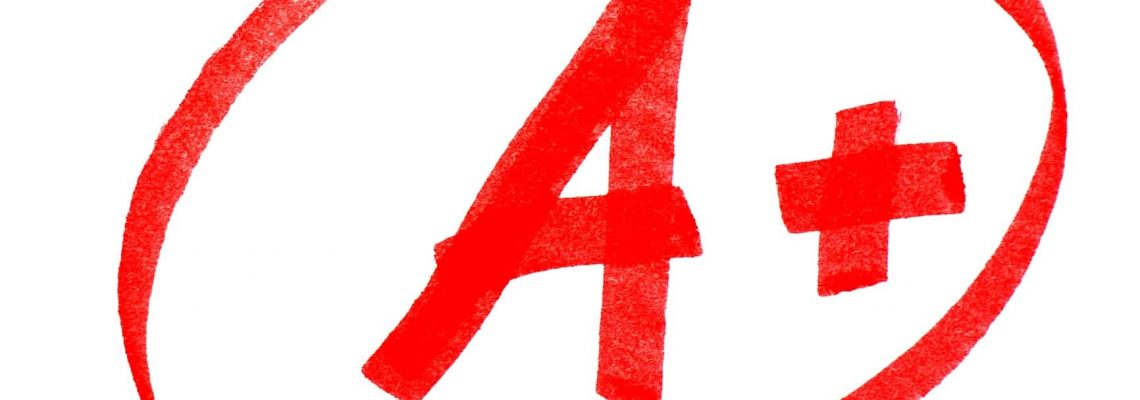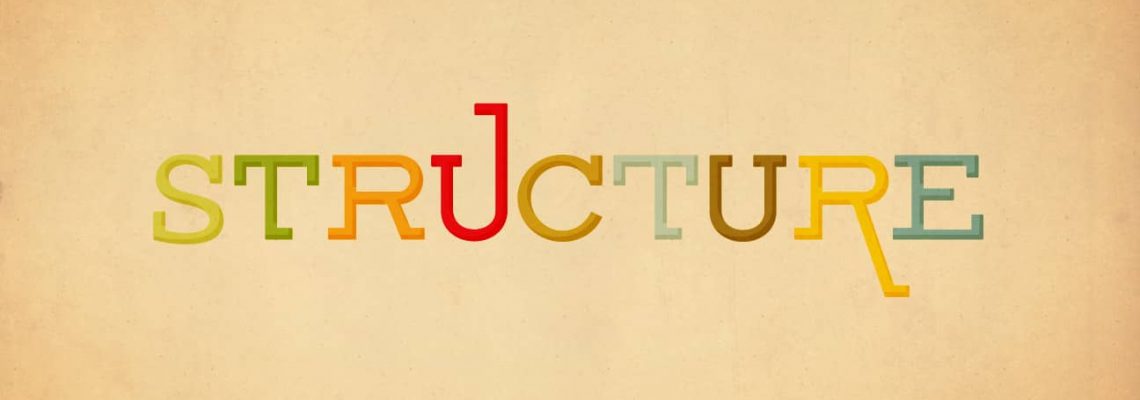How to Write a Reflection Paper for a Top Grade?

Get Best Results Reading How to Write a Reflection Paper
The main purpose of the reflection paper obviously lies in its name – it has the same features as the reflection in physics does. The way the wave changes its direction between two media, returning to the media it came from, the same way the information given by a teacher reflects in the students understanding of the material and information given in class, lectures and articles. It is a special form of communication between a student and his trainer: the main point to reveal in the paper is how the given information shaped student’s understanding on the related topic. Of course, this kind of work is subjective and strictly personal still remains to be a form of academic writing. It means it has some structure, form and style to stick to. These requirements are very close to the APA essay format ones, but still here are some differences. Here are the main bullet points from our first essay writing service that you need to know to write a decent reflection paper!
Deliberate Over the Concept
- Define your point
Before hitting directly on writing the paper, brainstorm the idea first. Ask yourself a question: what is the main idea you want to imply in the paper? This will be your reference point, in case you lose a thought and get off the track.
- Sketch out the ideas
When you think over the main idea, I bet you definitely have some thoughts on the topic flying in chaos over your head. Catch them: write down the ideas pumping out in your head on paper. It may be a quote, a word characterizing the situation in general (i.e. depressing or inspiring), or some small thesis summarizing the ideas.
- Design a table
In order to make the writing process easier, it’s necessary to structure your notes. Make a three-column table: target point, its influence and to share. Such method also helps with brochure writing.
- The first column should include bullet points that your teacher or trainer pointed out during classes or working sessions. It is something that stands out both for the teacher and for you. Describe it in general with a word or two.
- The second section represents the meaning of the target point you have highlighted out of the class. It should reflect the impact of this point on shaping your own point of view: how did it change your opinion? How does it make you feel?
- To share column should help you identify how much of the personal response on the target points you are ready to present in the paper.
Consider the writing process as an analytic problem. You have some data and the starting point, and the task is to establish the causal relationship between the cause and the result. (To find out more about analytic skills check https://www.wikihow.com/Improve-Analytical-Skills)
- A Dialogical Self Concept
You probably didn’t know the proper name of this psychological concept but have used it, for sure, more than once. It’s a form of an internal dialogue you have in your head when thinking over some problems or considering pros and cons to make a decision. The internal dialogue and questioning yourself helps present the thoughts logically. You may take the following as an example:
- Does the information you’ve received in the class question you socially, culturally or ethically? If so, how exactly and why?
- Has it changed your point of view on the topic? Does it contradict your previous believes? What target point has changed and why? What emotions does it evoke in you now?
- Did the author managed to address all the topic-related points you where looking for?
Styling the Reflection Paper
- Check the Indications
First of all, before writing the paper, make sure you follow the instructions from your teacher or trainer. In case you are not provided with any of them, make your paper short and meaningful. Make it 400-700 words long.
- Keep to the Structure
The reflection paper should have some general structure. We recommend including your expectations from the class or working session in the first paragraph – intro.
- Then give a quick explanation of whether your expectations were met.
- Give a sentence that presents what you have learned out of the information you were provided with. It’s a sentence-summary of your main idea.
Now, it’s time to explain what made you think so in the main body.
- The table you’ve written down before will be right to the point.
The last but not the least, don’t forget about the summary. Your conclusion should support the ideas mentioned above. It shouldn’t include new information and disorientate the reader.
- In case you lack the ideas, just paraphrase the main idea of the introduction.
While Writing Keep in Head!
- Remember that you are dealing with academic writing, thus, the style of writing must be corresponding.
- After finishing the paper, check the grammar and linguistics. Reread your paper the next day, to verify the coherence of the text. It’s easier to see the flaws with a fresh mind.
- Remember to use linking words to structure the ideas logically.
You may as well consult some reflective essay examples to get inspired. Wish you a productive reflection paper writing!


